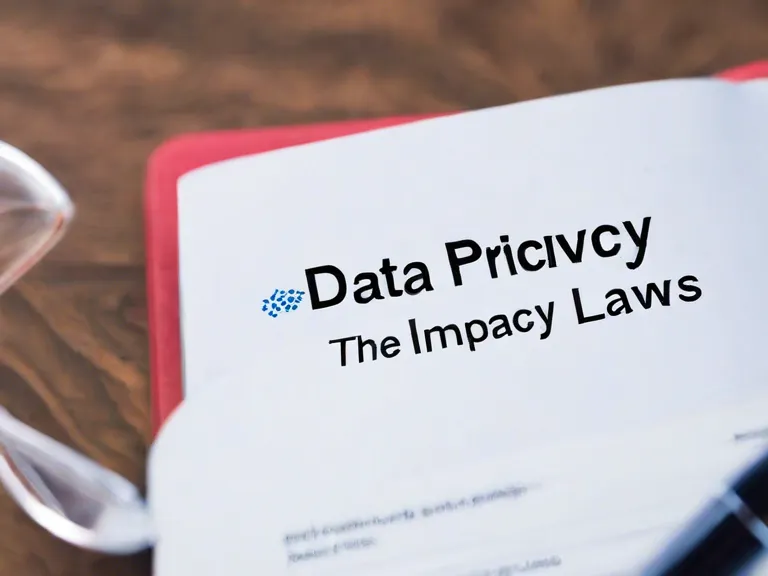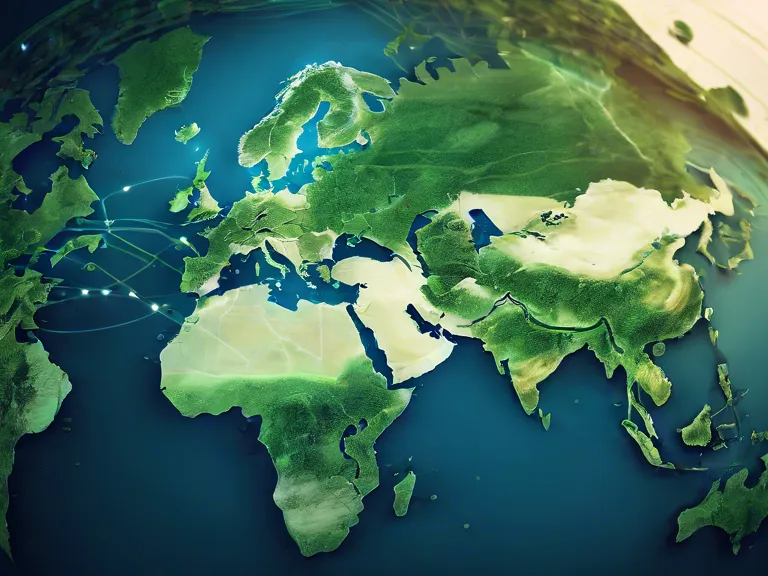
Predictive Analytics and COVID-19: How Data Science Is Shaping Pandemic Responses
As the world continues to navigate through the challenges posed by the COVID-19 pandemic, data science and predictive analytics have emerged as crucial tools in shaping effective responses. By leveraging data collected from various sources, including testing results, hospital admissions, and social behavior patterns, researchers and public health officials are able to forecast the spread of the virus, identify hotspots, and implement targeted interventions to mitigate its impact.
One of the key ways predictive analytics is being used in the fight against COVID-19 is through the development of epidemiological models. These models use historical data to predict future trends in case numbers, hospitalizations, and deaths, enabling decision-makers to anticipate potential surges in healthcare demand and allocate resources accordingly. By simulating different scenarios and assessing the potential outcomes of different intervention strategies, policymakers can make more informed decisions on issues such as lockdowns, social distancing measures, and vaccine distribution.
Another important application of data science in the pandemic response is contact tracing. By analyzing mobility data, social interactions, and other relevant variables, public health authorities can identify individuals who may have been exposed to the virus and take timely action to prevent further transmission. This targeted approach allows for more efficient use of resources and minimizes disruptions to daily life.
Furthermore, predictive analytics is playing a pivotal role in vaccine research and development. By analyzing clinical trial data and real-world vaccine distribution patterns, researchers can assess the effectiveness of different vaccines, predict vaccination rates, and identify populations at risk of being left behind. This knowledge is crucial for ensuring equitable access to vaccines and achieving herd immunity.
In conclusion, predictive analytics and data science are revolutionizing the way we respond to the COVID-19 pandemic. By harnessing the power of big data and advanced analytics techniques, we can better understand the virus, anticipate its spread, and tailor interventions to save lives and safeguard public health.



